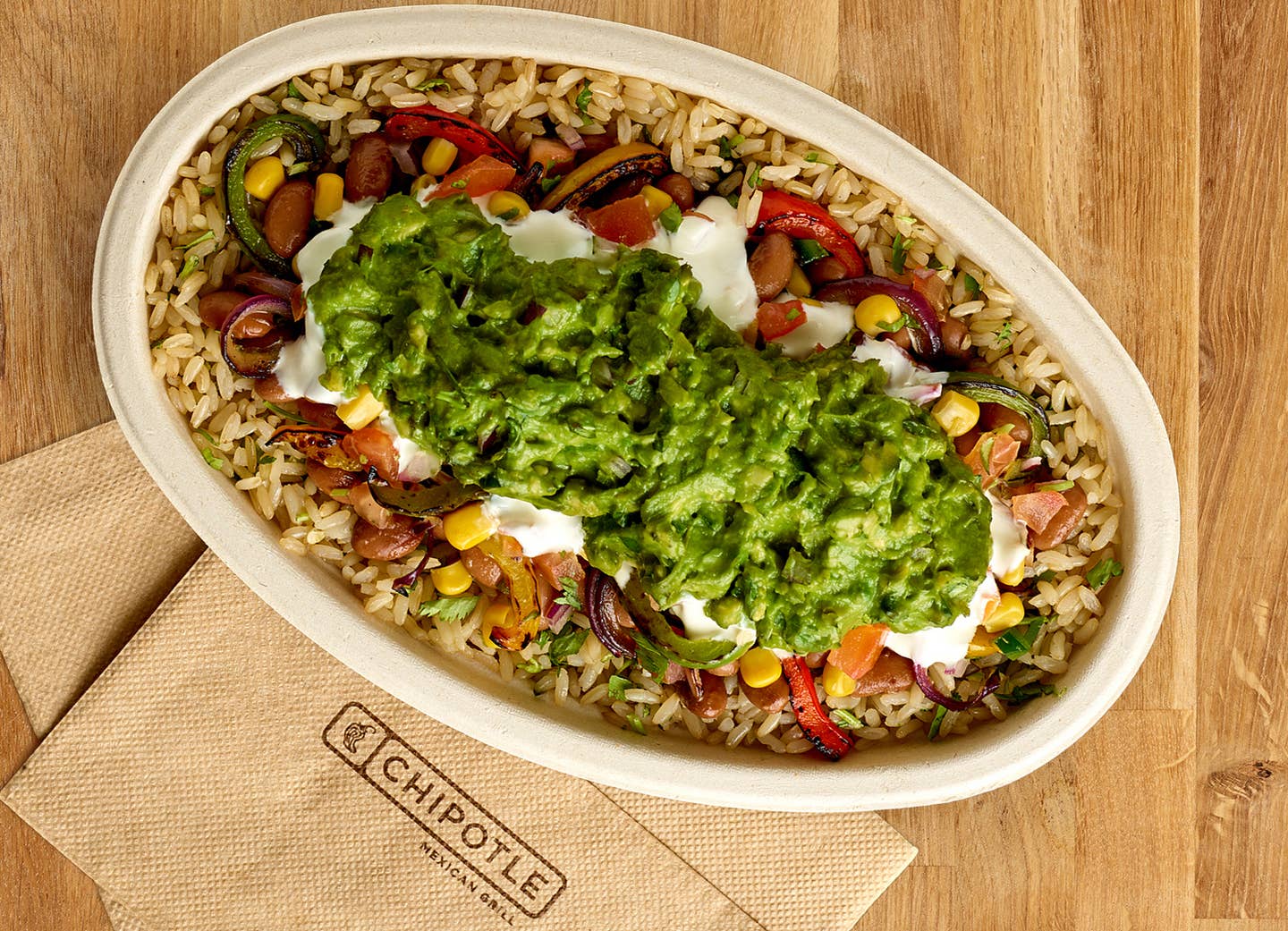
Mycoprotein May Just Be the Future of Alternative Protein. Here’s What It Is
Mycoprotein is having a moment. One reason is that the search for alternative proteins is heating up: With the global population expected to reach 11 billion people by 2050, we need to develop more sustainable food systems to avoid causing a catastrophic impact on the environment. Consumers are seeking protein alternatives that do more than save the planet, however. They want one that will help them build muscle, taste like meat, and be affordable.
Enter mycoprotein, which is simply the cheapest, most promising new alternative protein grown anywhere. A fungus related to the mushroom family, mycoprotein is a more efficient protein source than soy, wheat, peas, or oats when it comes to land and water use. When manipulated into food products, mycoprotein can replicate meat in texture and taste and satiate people's cravings for the foods they love.
The majority of people love eating meat and will continue to do so until given a more "realistic" and sustainable source of protein, which mycoprotein promises to be able to do.
What is mycoprotein?
Mycoprotein is a nutritionally-dense protein source cultivated from a natural fungus called Fusarium venenatum, a micro fungus with a high protein source. Mycoprotein is made by a natural fermentation process that requires a minimal environmental footprint. Mycoprotein is, like the mushrooms you use on your salad, is from the fungus family. Technically, fungi are any variation of spore-producing organisms that feed on organic matter. Fungi can be anything from the mold on your food to mushrooms, to truffles found in the forest.
Mycoprotein stimulates muscle synthesis
Mycoprotein is a protein that has been extracted from mycelium, the vegetative component of fungus. It’s a sustainably produced whole food rich in protein, fiber and other important nutrients. Mycoprotein’s amino acid profile is similar to that of dairy products and one reason it's popular is that it stimulates muscle protein synthesis even better than whey and casein protein found in dairy.
Who discovered mycoprotein?
British scientists discovered mycoprotein in the 1970s as part of a “green revolution” to find new, sustainable protein sources. It’s not a part of the plant or animal families but is actually more similar in taste to animal protein, because of its meat-like texture.
The dominant seller of mycoprotein products is Quorn. Quorn products come in several forms of alternative meat, including burgers, sausages, and fillets. Other products, like Rhiza mycelium from the Better Meat Co, are cultivated by feeding potatoes to microscopic fungi in a natural fermentation process. It takes less than a day for the fungus to ferment, grow and get harvested in a meat-like state. This is significantly more efficient than growing animal protein. Instead of using vast amounts of land, water and food resources to grow cattle for over a year, you can grow mycelium in a fermenter in less than 24 hours.
Is mycoprotein healthy?
Mycoprotein contains more protein than eggs (with 11 grams of protein per 100 grams or half a cup), and more iron than beef, more fiber than oats, and more potassium than bananas, says the CEO of Better Meat, who has written a book about the clean protein in his product. His mycoprotein also contains vitamin B12, produced by the natural fermentation process.
Janet Coleman, a Registered Dietician, adds: “Mycoprotein tastes great and has more health benefits than meat, fish, or eggs. It has twice the amount of fiber as meat and contains 40 percent less fat than most other forms of protein. Plus, it’s sustainable to grow, requires very little water to produce, and is rich in vitamins and minerals.”
Besides being high in protein and fiber, this super fungus is low in fat, cholesterol, sodium and sugar. The health benefits don’t stop there. It may also helps regulate blood cholesterol levels, and controls postprandial blood sugar levels.
Here’s a nutritional breakdown of a typical 100 grams of mycoprotein. But each product is slightly different so do read the labels of the mycoprotein you are consuming.
the nutritional content of mycoprotein
- 85 calories
- 11 grams of protein
- 2.9 grams of fat (mostly healthy polyunsaturated fats)
- 3 grams of carbs
- 0.5 grams of sugar
- 6 grams of fiber
- 0.5 milligrams of iron
- 9 milligrams of zinc
- 20 micrograms of selenium
Is mycoprotein safe to consume?
The main health concern associated with mycoprotein is allergic reactions. Like any other novel protein source, you can expect allergic reactions. Common reactions include gastrointestinal (GI) distress, hives, swelling, itching, and difficulty breathing. Due to mycoprotein’s high fiber content, which can cause distress in people not used to high-fiber foods, GI distress comprises 92 percent of reported incidences of problems consuming it.
“A person may experience possible side effects of mycoprotein if they have an allergy or sensitivity to it," according to Brittany Lubeck, RD and consultant at Oh So Spotless. "Possible side effects include nausea, vomiting, diarrhea, hives, asthma attacks, swelling of the tongue and/or throat, and difficulty breathing.”
Why is mycoprotein better for the planet?
The world isn’t going to give up its “protein-from-meat” obsession any time soon. This is why we must look toward sustainable alternative proteins to mimic the meat and dairy experience. Mycoprotein is a more viable option than plant protein sources like soy, pea, and wheat as it’s more similar to meat, easing the consumers’ transition. Technologies like fermentation offer solutions to the increasingly complex challenges of developing a globally sustainable food future. With increasing demands for protein, it’s critical we determine sustainable methods for meeting future protein needs.
Bottom line: Mycoprotein is a complete protein made from fungus.
Mycoprotein is gaining popularity across the globe as a nutritionally dense, sustainable and healthy alternative protein source that can help reduce your environmental footprint.
More From The Beet






